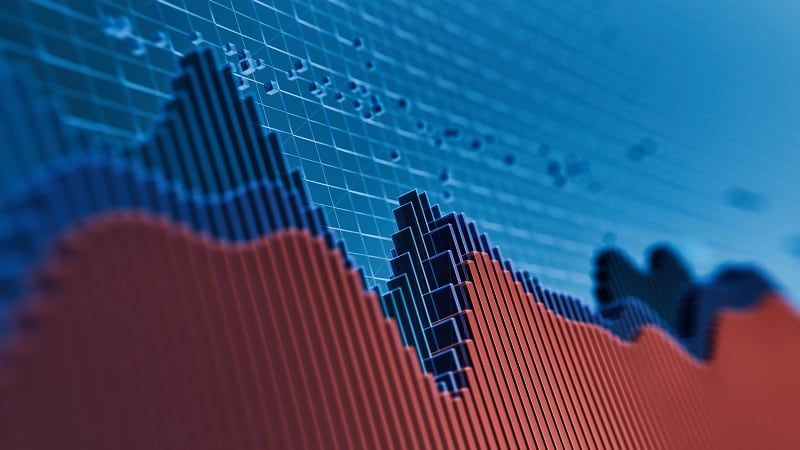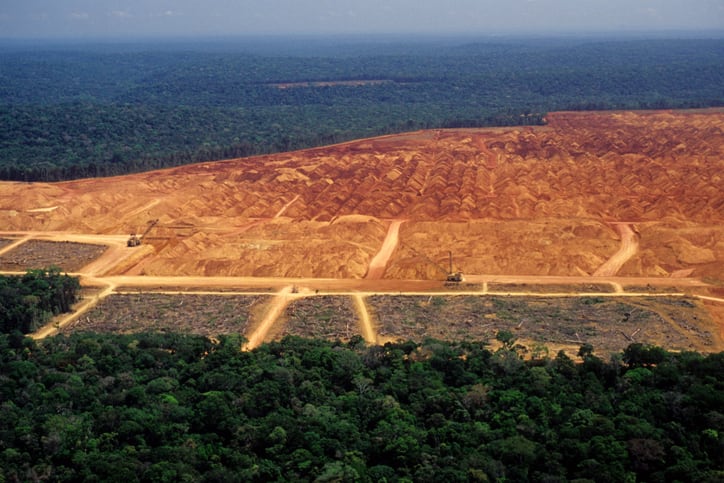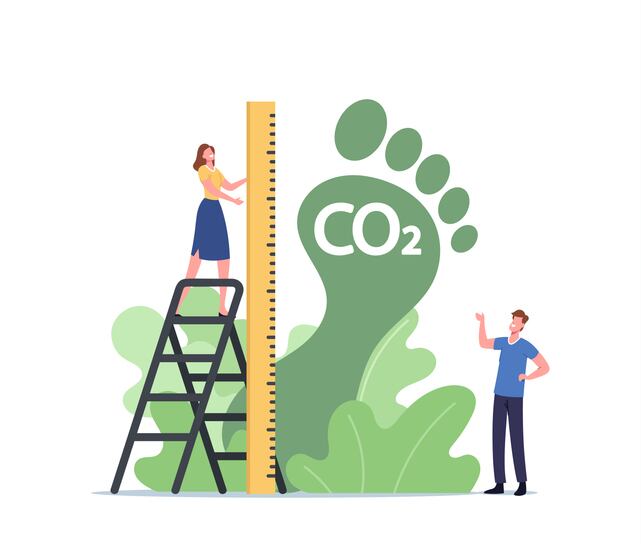Supply chain management software provider Helios AI launched its latest price forecasting tool, allowing commodity traders and procurers to predict the price of over 400 products, including vegetables and fruits, up to 12 months in the future.
Individual forecasts come with customized explanations of why prices fluctuated within a timeframe and how climate, weather, supply chain disruptions, and macroeconomic factors will impact pricing, Francisco Martin-Rayo, co-founder and CEO of Arlington, Virginia-based Helios, explained. Helios users receive forecast reports via emailed PDF or through an API integration, he added.
Helios AI is already attracting global customers — including UK-based procurer of dried nuts, fruits, and seeds FreeWorld Trading — as these companies try to get ahead of supply chain disruptions and shocks.
“The insights for each price series explain where the price is going and what is driving it. The ‘why’ is sometimes more important than the number itself. The more information you can share behind the number, the better,” Ishan Das, director of FreeWorld Trading, shared in a press release.
Preparing for price volatility for high-value crops
Founded in late 2022, Helios built its platform using a combination of public and private data and consists of “over 500 billion climate risk data points,” Martin-Rayo said. Helios raised a pre-seed round in 2023, with investments from Supply Change Capital and January Ventures.
Designed for commodity traders and procurement teams, Helios was founded on two hypotheses — “climate change is here to stay” and “volatility is just going to get worse,” Martin-Rayo said. Additionally, the role of traders and procurers is modernizing and digitizing due to the level of volatility and factors that can impact commodity pricing.
“The job of a procurement manager and a category manager at a trader used to be, ‘As long as my supplier is not going to [impact] me too much on price and quality, we are good.’ And now you have to worry about all of these other macroeconomic indicators that are making your job really difficult. That is where we come in to help,” he elaborated.
Supply chain volatility is surging amid climate and macroeconomic conditions, like the Trump administration’s trade policies.
Commodities like cocoa, vanilla, and coffee are particularly vulnerable to supply chain and price shocks, since they are primarily grown in concentrated parts of the world — for instance, most of vanilla comes from Madagascar — Martin-Rayo said.
Additional sources for these high values are starting to emerge, but they are far from peak harvest, he noted.
“You are starting to see more cocoa growth in places like Indonesia, Colombia, and Ecuador. It is not going to be fast enough to make up for that volatility that we are seeing,” Martin-Rayo elaborated.





